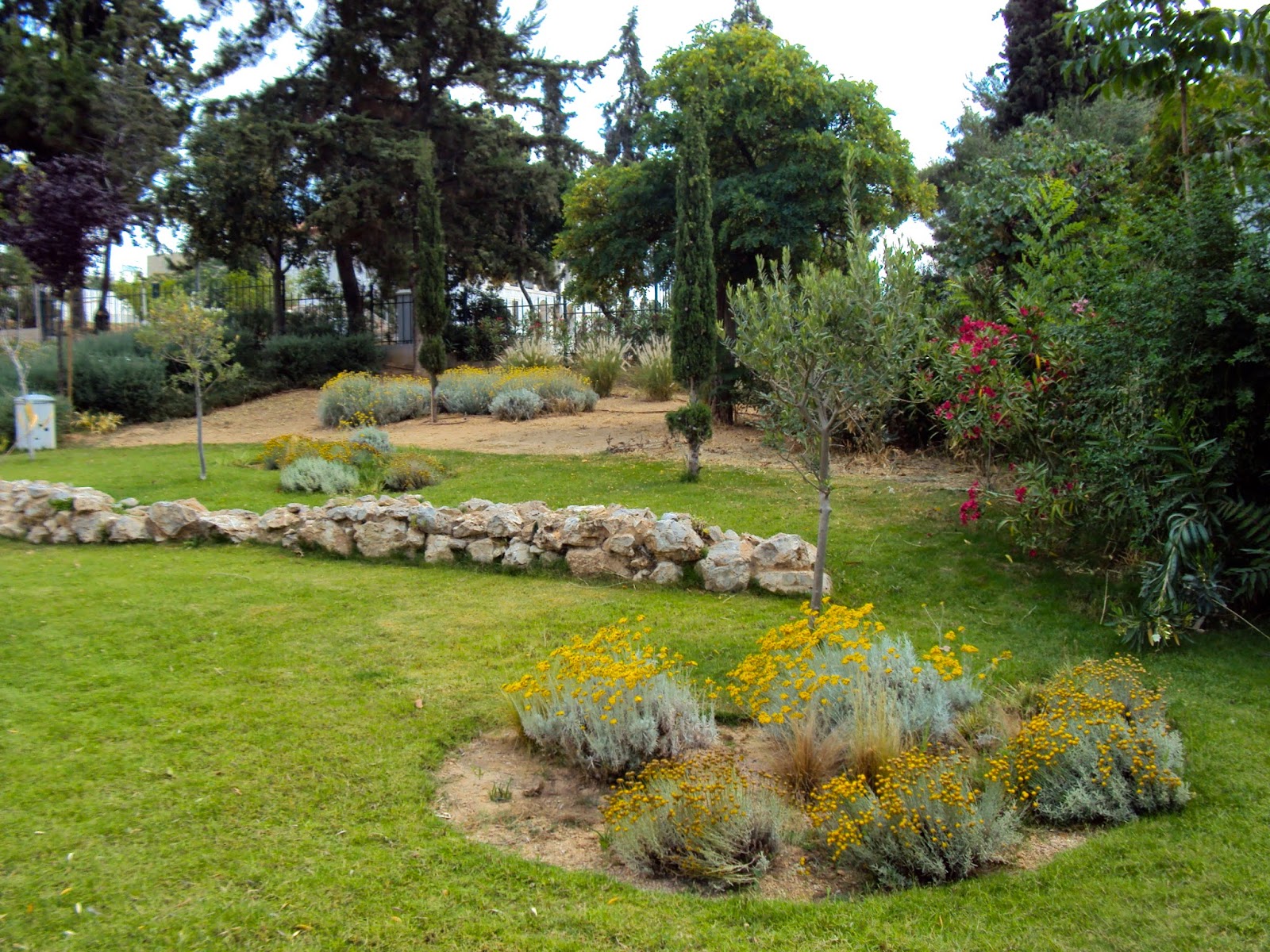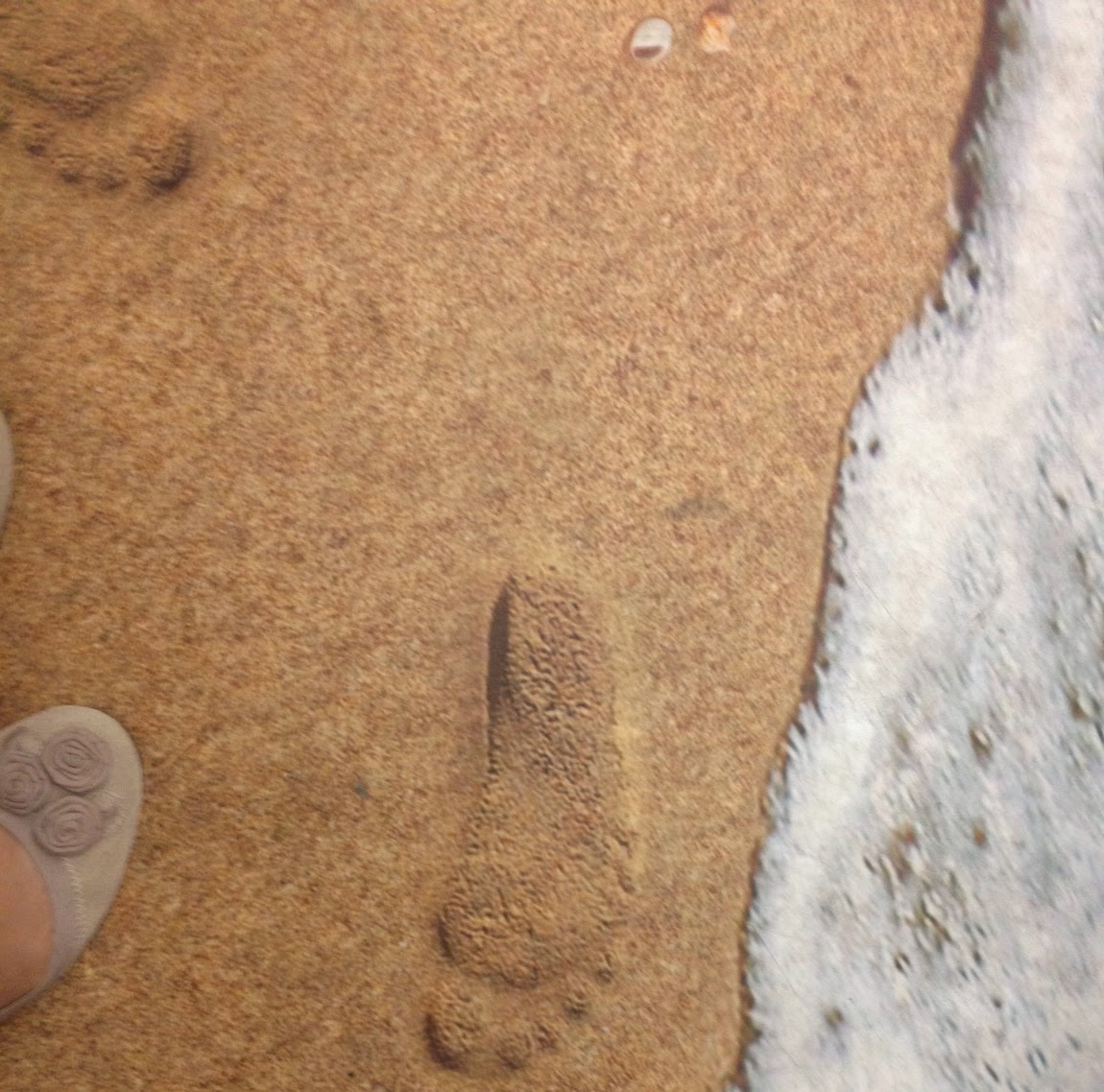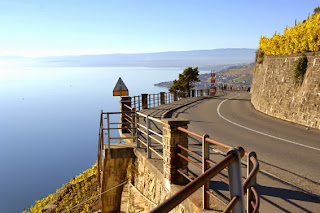“Psirri, psirri,
psirri, psirri”, repeat the name fast enough and you conjure up images of busy
people passing on a succulent secret in whispers. In some ways, Psirri is a tasty secret, its often dark side
streets hidden to many tourists who prefer to stick to the better-known,
brighter alleys of neighbouring Plaka.
But that’s a real shame, as this is one
of the most interesting areas, both historically and culturally, in the whole
city.
Psirri has known
many incarnations throughout its long history. Even the origin of its name is
lost in the jumble of time, some saying it comes from early settlers who came
from the island of Psara, and others claiming that it arises from the wealthy
Pseirros family who once owned much of the land in the area.
Understanding this
part of Athens requires a little knowledge of modern Greek history; although
inhabited in both antiquity and Ottoman times, Psirri rose to prominence during
the Greek War of Independence because many of the heroes of the revolution built
homes here. Their names
are still commemorated today in the streets surrounding the main square, known
as “Hero’s Square”.
The spirit of this
fascinating neighbourhood carries on throughout the centuries. History and the
present merge on Pittaki street, named after a nineteenth century
revolutionary, Kyriakos Pittakis, and now adorned with a twenty first century
imaginative display of street lights produced by a local arts collective. All
praise to the residents of Psirri for maintaining these lights, which remain
shining nightly two years after installation- unusual in a city that often
takes no care protecting new installations and initiatives.
Romantics might
like to take a stroll down Thekla Street, where Lord Byron first spotted the
Greek beauty immortalised in his poem as the “Maid of Athens”…and even if your
soul doesn’t feel the pull of a poem penned in 1810, it can surely appreciate the fine leather soles made by the famous poet sandal maker
whose shop is also on Thekla Street.
The neighbourhood
hasn’t always had a bright past, however. It gained notoriety following the war
of Independence when many of its residents became more armed and dangerous thugs than heroes
of the revolution. One group of criminals known as the Koutsakavides were so
powerful in the area they became a law unto themselves. The Koutsavakides had a
fashion sense of their own, too, sporting long mustaches, high-heeled pointy
toed boots (the precursor to the winklepickers, perhaps?) and tight trousers.
They got their name from their odd gait (‘koutsos’ or lame) and were eventually suppressed at
the turn of the nineteenth century by newly determined authorities who clipped
the fifty year stranglehold the Koutsavakides had held over Psirri through
humiliation tactics, cutting off the pointy toes of their shoes, shaving their
mustaches and confiscating their weapons.
So it was that by
the beginning of the twentieth century Psirri had gained a reputation for
harbouring the underworld. it was here that Rembetika, the urban Greek folk music that sings of hash, heroin and poverty grew to prominence.
But it also was
home to skilled craftsmen who lived productive, law-abiding lives working
predominantly in the leather and soap making businesses. Many of these families
came from Naxos, and even today, if you visit the main square in Easter week
you will be overwhelmed by dozens of Naxiots selling lamb and delicious Naxos
cheeses.
Architecturally,
Psirri is an intricate mish-mash of its past.
Many of the mansions built after the war of Independence now house museums and cultural centres.
And keep your eyes peeled for
some beautiful iron worked doors and quite a few twentieth century Art Deco and Bauhaus apartment buildings.
There are dark
alleys and boarded up, decaying buildings that shadow Psirri’s murky past and
show its darker face.
Turn the wrong
corner and you might see evidence of drug use, homelessness and civil
discontent.
But that’s not a
reason to dismiss this wonderful quarter. There is also a myriad of lively
bars, intriguing shops, restaurants and homes that have been lovingly restored.
This is not a cold, uncaring part of town. Here, residents know each other and
greet each other daily.
What makes Psirri
so endlessly fascinating to me is that it is a kind of microcosm for modern
Greek history and it is as vibrant, individualistic, engrossing, creative and
engaging as the country itself.






























